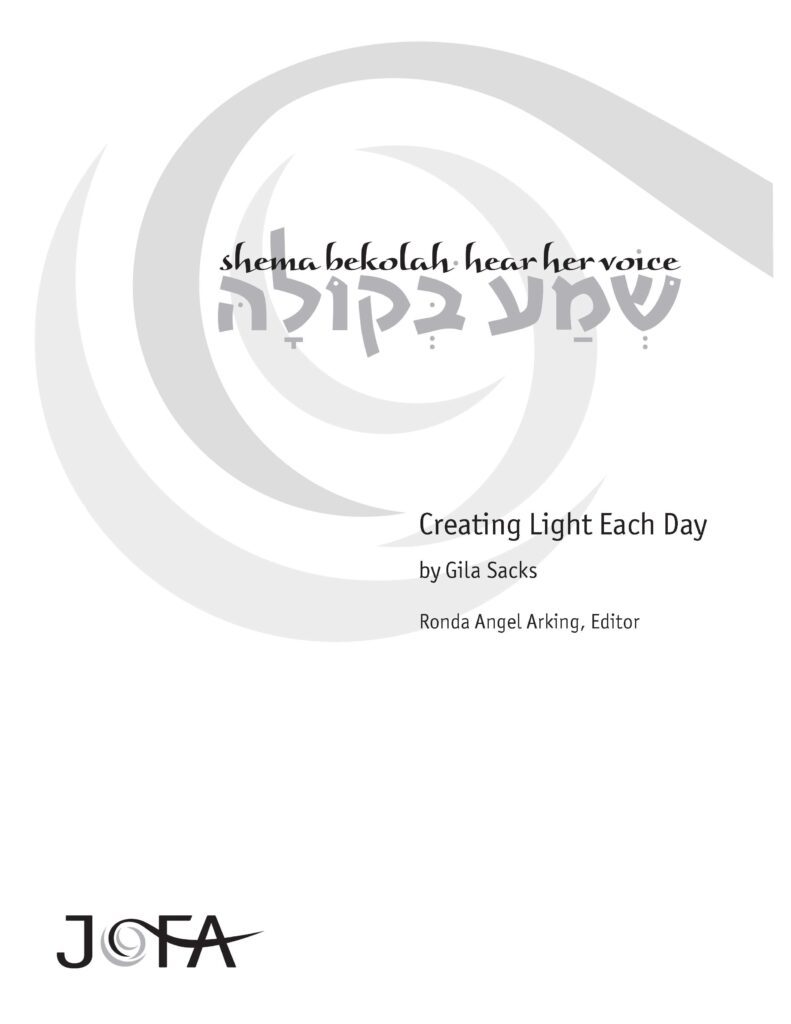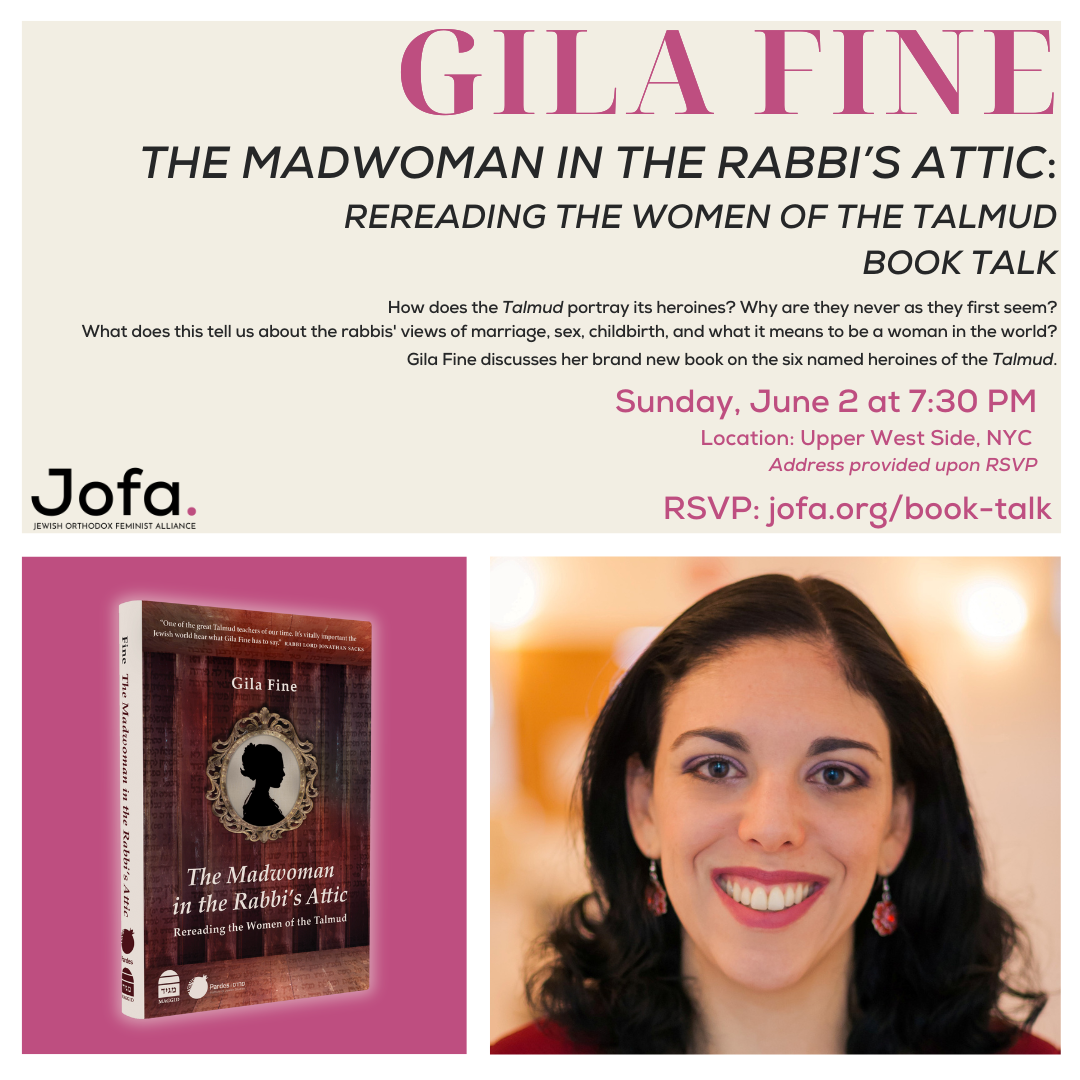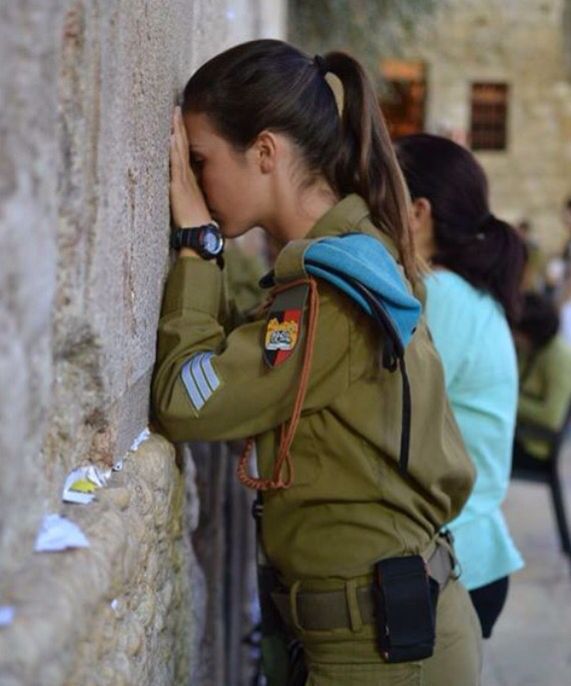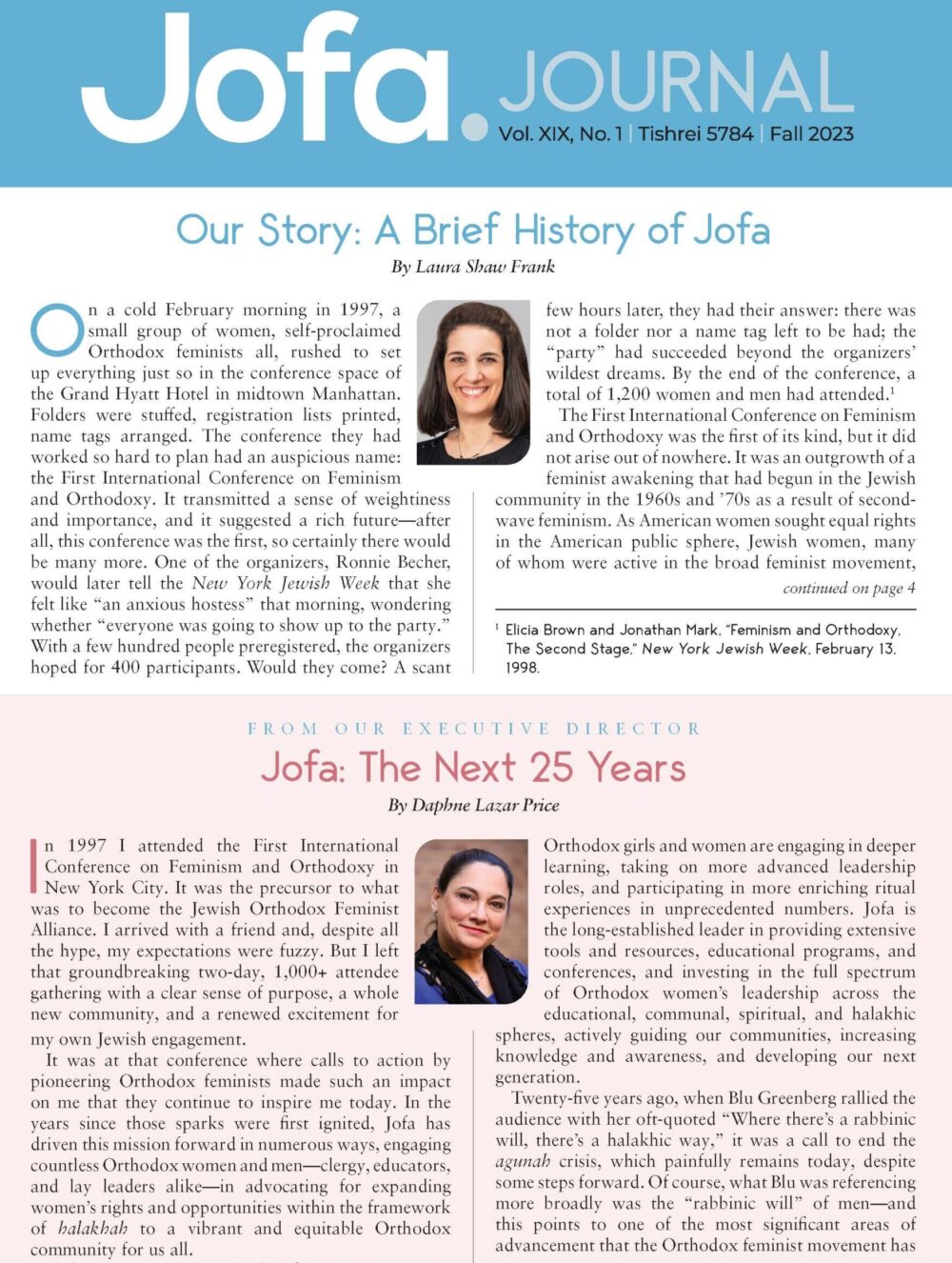by Gila Sacks[1]
“Mai Hannukah?”[2] famously asked the rabbis of the Talmud: “What is Hannukah?” It is the asking of this question, more than its answer, that highlights the complexity—and even mystery—of Hannukah. The question is not asked of other festivals, which seem to have their purpose and meaning fully established and widely known long before the rabbis begin their deliberations on the holiday rituals. Hannukah, on the other hand, retains a noted degree of ambiguity, allowing the rabbis the freedom to shape the festival themselves.
We are a people of stories, marking out our weeks and our year by retelling the stories of triumph and tragedy that shaped us as a nation, be they of ancient times or modern history. And yet Hannukah is the one festival where we somewhat shy away from telling the story; after all, there is no mitzvah to recount the story, no megillah or book to read, and, with the exception of the brief al haNissim, little commonly told account of the story at all. Indeed the festival itself seems to have long been treated with some ambivalence; the account of Hannukah, contained in the book of Maccabees, is omitted from the canonized books of the Tanakh. Furthermore, talmudic discussion of the festival is remarkably brief, and there is even evidence that the continuation of the holiday was once far from certain.[3]
At the heart of this apparent ambivalence lie the questions that glare out starkly from the sources: What exactly are we celebrating or remembering? What was it that merited a festival, one that was to become one of the most widely celebrated across the Jewish world?
On the one hand, we have the accounts of the historical period itself, most extensively in the book of Maccabees and accounts of Josephus. These describe the assimilation of Jews to Greek culture, the persecution of the Jews by Antiochus, and the battles of the Maccabees, resulting in the rededication of the Temple. According to these accounts, the priests rebuilt the altar and sanctuary and restored each of the holy vessels. When this restoration was complete, they were able to recommence all aspects of temple life, beginning with eight days of celebration: “Every year at that season the days of dedication of the altar should be observed with joy and gladness for eight days.”[4] No mention is made of the story of the oil, nor is the lighting of the menorah singled out in any way.
On the other hand, we have the talmudic description of the festival, which makes almost no reference to the persecution, the battles, or threat of assimilation. Instead, the rabbinic account of the festival focuses almost entirely on the miracle of the oil: “…They made search and found only one cruse of oil, which lay with the seal of the High Priest, but which contained sufficient for one day’s lighting only; yet a miracle was wrought and they lit [the lamp] for eight days.”[5]
Why did the rabbis choose not to tell the full story of persecution, battle, and victory, or instruct us to do so? And why focus instead not just on the rededication as a whole but so squarely on the menorah and the miracle of the oil? Not only does this seems to be a much later addition or emphasis introduced to the Hannukah story, with no reference in earlier sources, it is also an unusual basis for a festival; Judaism tends not to be big on miracles—certainly not as reasons for the institution of a festival.
These are famous questions, and I want to suggest just one possible answer. To do so, we need to revisit the original instructions to create and light the menorah in the sanctuary. Reading the multiple accounts that occur in the Torah, and the commentaries that have sought to interpret these verses, three things stand out.
First, the light of the menorah was not intended to light up the sanctuary or provide light for the people. Rather, its light was to shine outward, to the world beyond the sanctuary: “During all of the forty years that the Children of Israel wandered in the wilderness, did they not walk by God’s light? Rather, this is a testimony to all the peoples of the world that the Shekhinah (Divine Spirit) dwells among Israel.”[6]
Second, the essence of the mitzvah of lighting the menorah was the regularity and consistency with which it was to be carried out. The menorah is to be lit “tamid”—as Rashi explains, not “constantly,” but “regularly, each and every night.”[7] Indeed it is this emphasis on regularity that helps to explain the story of the oil that burned for eight days: Had the Jews, on returning to the Temple, lit for one day alone they would not have fulfilled the mitzvah of the menorah; the mitzvah is to light each day, regularly.
And third, strikingly in the Torah, the lighting of the menorah was the single practice of the sanctuary that was explicitly commanded to last: “a law for all time throughout the ages.”[8] It was to survive even the loss of the Temple: “Though the Temple was destroyed and the lamps became obsolete, we have the synagogues and houses of study, our ‘miniature temples’ in which we perpetuate the kindling of the lamps.”[9]
Take these three observations together, and we see that the light of the menorah represents something very particular. Light is a frequently recurring motif in religious and spiritual texts, narratives, and rituals. It tends to represent something godly or ethereal, the entering of states of heightened spiritual awareness, or the receipt of inspiration or wisdom. We await “enlightenment,” receive “divine light,” hope to “see the light.” The light of the menorah is quite different; it is created by a simple human act, one that is marked by its order and regularity. It speaks not of fleeting inspiration but of the meaning that comes from simple acts, repeated regularly and with humility, for the simple reason that we have been instructed to do so. It is light that is made and sustained by us, not received by us. And its purpose is to shine light outward, not to inspire internal spiritual states. It is specifically because these acts do not wait for moments of inspiration, but are undertaken day in, day out, that they have meaning for the person performing them and can transmit this meaning to others.
Many explanations are given for why the rabbis were uncomfortable retelling and commemorating the Maccabees’ military triumph. Perhaps they feared the hazards always present when we retell war stories: We risk implying that battles solve the real wars; we risk turning zealots into heroes; we risk believing physical endeavours can heal spiritual wounds; we risk only remembering part of the story.
The Maccabees’ military victory of the Hannukah story was important and should be remembered. But it could never be the whole story. The power the Greeks sought and the threat they posed was not just military, and so it could not be resolved by military means alone; their threat was as much to the identity, faith, and practice of the Jews. What is more, the threat came not just from the Greeks but from the Jews themselves, many of whom, according to the sources, had opted voluntarily to assimilate or gave in rather than resist Greek orders. And so their military victory, the regaining of the temple, was not and could not be a simple triumphant conclusion to the story. If the Maccabees had only won the military battle—then what? Would the threat of Jewish assimilation simply wash away with the blood of battle? The military victory was just the first step; when the battles were won, an uncertain future still lay ahead.
Perhaps the rabbis of the Talmud were not simply shying away from recounting the wars, but trying to tell us something vital—what counts is what happens next, after the battle, after the victory, after the drama. What counts is how we respond and move forward when the drama dies down.
What was the real miracle? A single cruse of oil lasting longer than it should? A mighty army defeated? Or that immediately following extraordinary military triumph, the people returned to the routine, the regular, the consistent practice of God’s law?
The menorah represents our ability to shine God’s light outwards to the world—not through acts of heroism or zealotry, nor even the passions and inspirations of religious devotion, but through the consistent adherence to God’s laws. Light the flame, day in day out.
The lighting of the menorah stands in direct contrast to the dramas of war. It speaks of our transition as a nation from being a people defined by history and narrative to one shaped by and driven by law. It marks our transition over time from a world of priests and kings to a world where every home is a sanctuary, containing its own menorah. And above all, it emphasizes the power of the regular, consistent practice of ritual and law to bring meaning into our lives—rather than waiting for miracles, waiting for enlightenment to find us.
Mai Hannukah? We focus on the lighting of the menorah, rather than the war that preceded it, to remind us that the real miracles came afterward—in our ability then, and our challenge now, to create an emanating light through small, simple, regular acts of service. This Hannukah, may our service, performed as it is even in times of turmoil or doubt, be a source of light, for us and for the world, and through it may we be blessed.
Hag Orim Sameah!
חג אורים שמח!
[1] Gila Sacks is a senior civil servant in the UK government, specializing in social policy. She has learned, taught, and volunteered across the UK Jewish community.
[2] BT Shabbat 21b.
[3] See BT Rosh Hashanah 18b.
[4] 1 Maccabees 4:59.
[5] BT Shabbat 21b.
[6] BT Shabbat 22b.
[7] Exodus 27:20; Rashi.
[8] Exodus 27:21; Leviticus 24:3.
[9] Midrash HaGadol on Exodus 27:20, quoted by Nechama Leibowitz.












